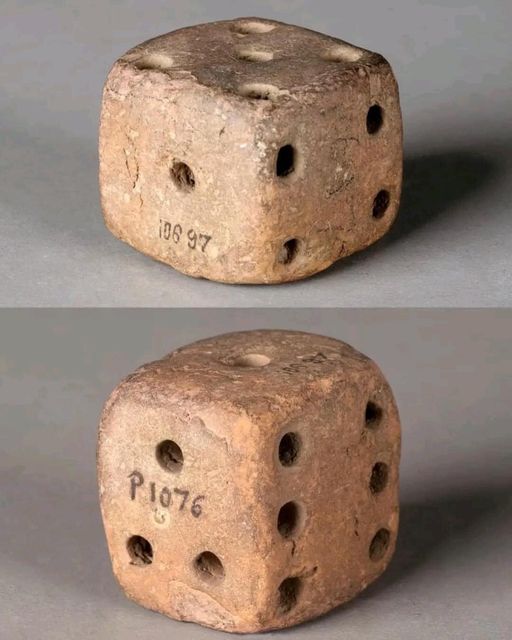this post was submitted on 16 Jul 2024
84 points (98.8% liked)
Historical Artifacts
781 readers
7 users here now
Just a community for everyone to share artifacts, reconstructions, or replicas for the historically-inclined to admire!
Generally, an artifact should be 100+ years old, but this is a flexible requirement if you find something rare and suitably linked to an era of history, not a strict rule. Anything over 100 is fair game regardless of rarity.
Generally speaking, ruins should go to [email protected]
Illustrations of the past should go to [email protected]
Photos of the past should go to [email protected]
founded 8 months ago
MODERATORS
you are viewing a single comment's thread
view the rest of the comments
view the rest of the comments

I was curious, if this actually mattered. With modern casino dice, all the sides are equally likely, so it doesn't there.
But back in the days, this did matter. Much like the die in the picture, dice were rarely perfectly cubic. However, opposing sides were still typically of a similar size and therefore similarly likely for the die to land on. So, by putting 1 and 6 on opposing sides, it was overall still relatively balanced. Source
There is also something to be said about the pips. Historic and modern non-casino dice have material removed for the pips, so the sides 4, 5 and 6 are actually lighter and therefore more likely to show up on top. Source
The opposing sides adding to 7 does not aid with that, and I'm assuming actually makes things worse. If 5 and 6 were on opposing sides, the die would get dragged towards both sides and be somewhat less likely to land on high numbers.
Apparently, from around the 11th century until the 14th century, this was actually a popular way for numbering dice. Source
But of course, if you actually need that precision, then you buy casino dice these days, where the pips are filled in.